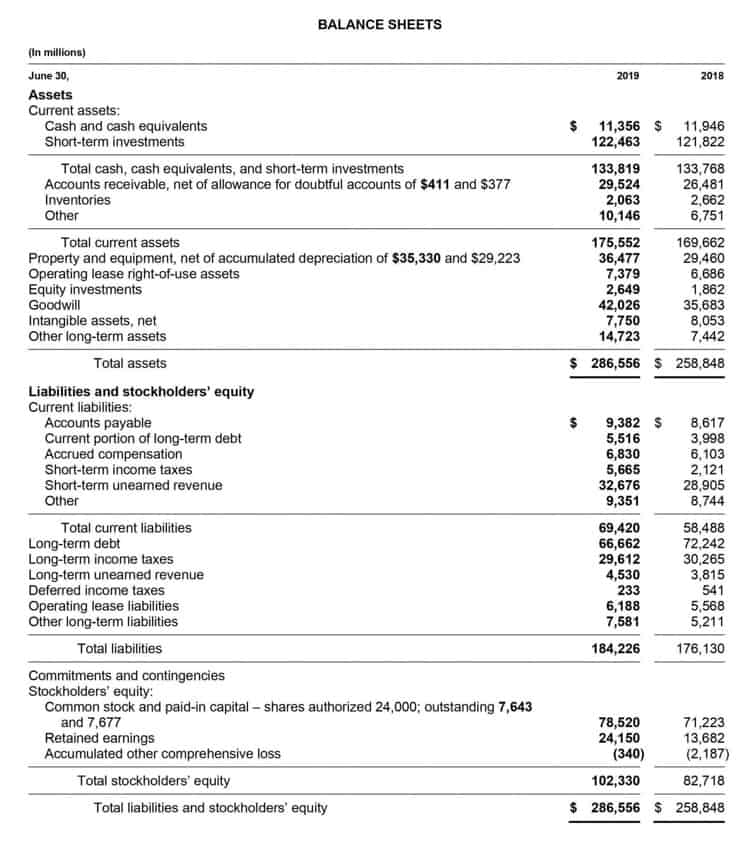
Other EFTs such as credit card payments, ATM transactions and peer-to-peer payments take a few seconds to process. You’ll provide the payment method and the money is then either withdrawn from your account or charged to your debit or credit card and sent to the payee. Say you want to send a relative money for their birthday, but they live across the country and dropping a check in the mail feels too risky. You may decide to make an electronic, person-to-person transfer instead.
- With our Virtual Terminal and mobile app, your business can effortlessly handle online and on-the-go transactions, ensuring you’re ready for the future of commerce.
- Once the funds arrive at the receiving bank, they are credited to the relevant account, usually by the next business day.
- Wire transfer specifically involves immediate bank-to-bank transfers, often used for urgent or international transactions.
- EFTs are known for their convenience and speed, facilitating transactions between banks and financial institutions electronically.
Coverage: Transactions
Adam B. Frankel is a personal finance writer and financial adviser with over 30 years of experience. When he’s not managing money in the stock market, he teaches financial topics and other core concepts at local schools from elementary through high school. The offers that appear on this site are from companies that compensate us.
Are wire transfers faster than EFTs?
- Both refer to methods of transferring money electronically between accounts.
- Consider using two-factor authentication for online banking and fund transfers.
- Although many types of EFTs, such as credit cards and bank transactions, have liability protections in place, some types of peer-to-peer services may not have as robust of liability protections.
- Among these, wire transfers and Electronic Funds Transfers (EFTs) stand out as popular choices.
- In this comprehensive guide, we’ll delve into the nuances of EFTs and wire transfers, helping you decide which is the best fit for your financial transactions.
- Set up alerts for large transactions or changes to your account information to quickly identify and address any potential security breaches.
- For larger, more urgent, or international transfers, wire transfers may be the better choice despite the higher fees.
You don’t want to accidentally send money to someone with a similar name by mistake as you may not get that money back. Bankrate.com is an independent, advertising-supported publisher and comparison service. We are compensated in exchange for placement of sponsored products and services, or by you clicking on certain links posted on our site. Therefore, this compensation may impact how, where and in what order products appear within listing categories, except where prohibited by law for our mortgage, home equity and other home lending products. Other factors, such as our own proprietary website rules and whether a product is offered in your area or at your self-selected credit score range, can also impact how and where products appear on this site.

Are there any fees associated with EFT transactions?

EFT is an umbrella term encompassing all automatic electronic transfers, while wire transfers are a specific type of EFT. The time for EFT payments is determined by the type of payment you use. In most cases, EFT payments will be cleared within the next business day or up to three working days. They may extend this time if you transfer money internationally or send a large sum of money.

Other options for transferring money
ACH transfers are widely used due to their cost-effectiveness, speed, and reliability, making them a preferred method for recurring payments and payroll processing among businesses and individuals alike. Similarly, bank wire transfers ask that both the sender and receiver have their own registered bank accounts, which often involve identity verification to prevent fraudulent activity. Read on to discover the benefits of an electronic funds transfer vs a wire eft vs wire transfer transfer and find out which method is right for you.
Advantages of Wire Transfers

These are set by the financial institution that is transferring the funds and varies between providers. EFT transactions, such as ACH, ATMs, and credit cards, have lower limits for how much money can be sent or withdrawn daily, monthly, or in a single transaction. Because wire transfers are slightly more expensive, they generally have https://www.bookstime.com/ a higher transfer limit than EFTs. This can be as high as $100,000 in a single transaction but depends on the kind of bank account you have.
However, international wire transfers require more checks and verification, so often take much longer. Moreover, no agreement between a consumer and any other person may waive any right provided by the EFTA. The Electronic Fund Transfer Act (EFTA) and Regulation E apply to an electronic fund transfer that authorizes a financial institution to debit or credit a consumer’s account. Read on for everything you need to know about sending and receiving international wire transfers with Wells Fargo. Read on for everything you need to know about sending and receiving international wire transfers with Varo Bank. Read on for everything you need to know about sending and receiving international wire transfers with Chase Bank.
EFTs explained: A guide to EFT payments and how they work
The key factor is that all electronic payments are processed digitally — there’s no need to handle or hand over cash or a check for example. Electronic payments — also called EFTs — cover a broad range of payment types from ACH transfers to spending using your debit or credit card in a store. However, there are some crucial differences between EFTs and wire transfers that businesses should be aware of to understand which is the better adjusting entries option for their circumstances. Some EFT payments, like contactless digital wallet payments that use near-field communication (NFC) technology, take just a few seconds from start to finish.

